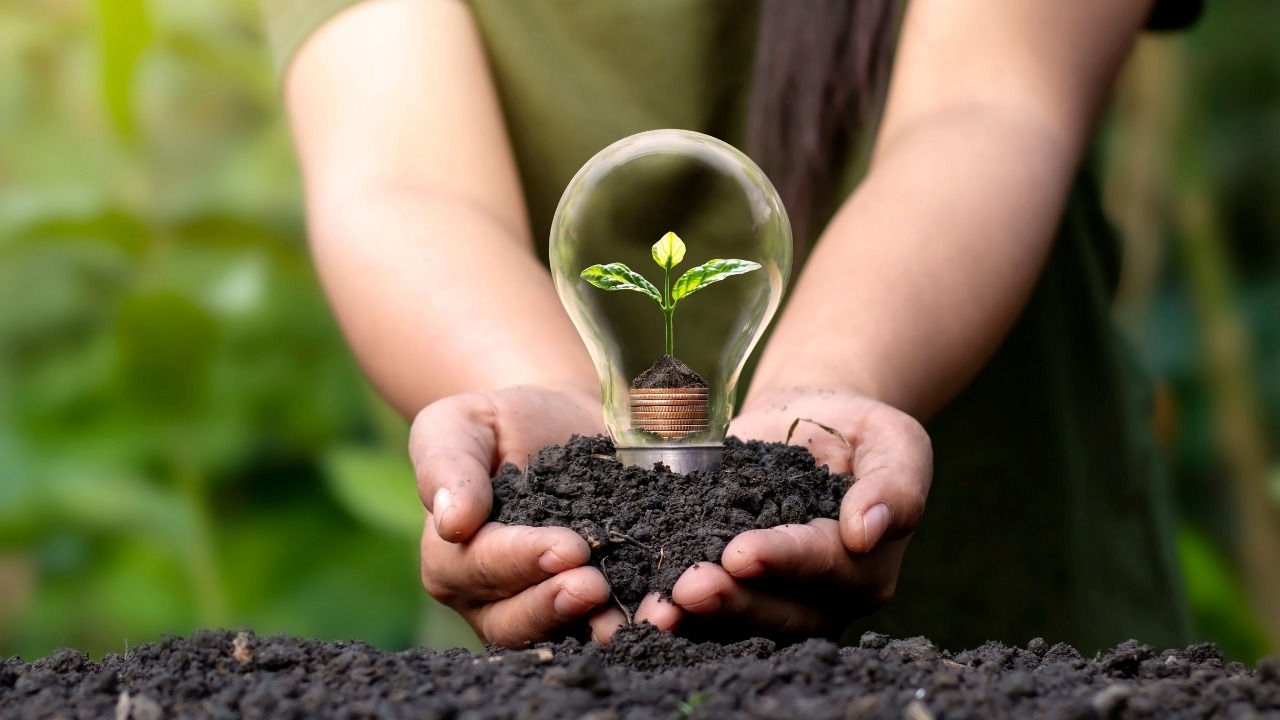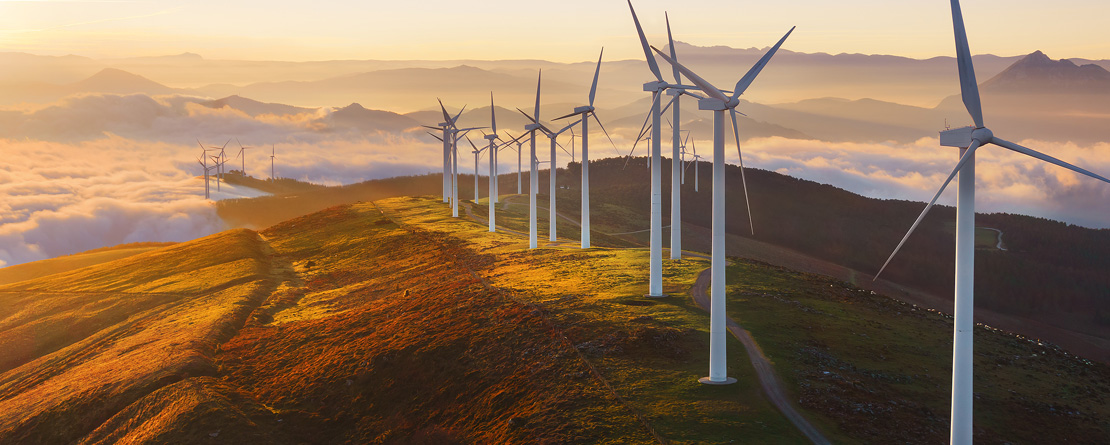Clean energy industry grows

Clean energies have dominated during the last few years the new incorporations of electric power generation. And is that, according to the report “Renewable Capacity Statistics 2020” of the International Renewable Energy Agency (IRENA), renewable capacity reached 2,537 gigawatts (GW) globally at the end of 2019, registering an increase of 176 GW compared to the previous year.
In this way, Asia, achieved more than half of the new installations with 1,119 GW, while Europe and the Latin America and Caribbean (LAC) region enhanced their capacity expansion with 573 and 407 GW respectively.
Hydroelectric power accounted for more than half of the world’s newly added renewable capacity with 1,310 GW, followed by wind (623 GW) and solar (586 GW).
Clean energy accounted for 72% of total capacity additions in 2019, outpacing fossil fuels.

A world with clean energy
Different opinions exist regarding the causes of climate change: Some experts state that temperature increases are a normal part of the Earth’s cycle, whilst others interpret this phenomenon as man’s doing.
Outlook and investments
While a dying future is forecast for the fossil fuel industry, clean energy is reaching its peak profitability.
According to a report published by the United Nations Environment Programme, 826 GW of new non-hydro clean energy capacity will be installed by 2030. However, an additional 3,000 GW would be required to limit the global temperature increase to less than 2 degrees Celsius by the end of the century, the main objective of various international organizations.
Planned investments for 2030 are around one trillion dollars; however, lower installation costs indicate that future investments could be higher than expected. Electricity from new solar photovoltaic plants in the second half of 2019 cost 83% less than in the previous decade.
Meanwhile, investment in clean energy, excluding large hydroelectric plants, was three times higher than in new fossil fuel plants. In addition, there was the largest investment in developing economies, with the exception of China and India, with US$59.5 billion.
Moreover, the largest investment in offshore wind energy in a year was recorded, with US$29.9 billion, equivalent to a 19% year-on-year increase. It was also the largest financing for a solar project, with 4.3 billion dollars in the United Arab Emirates.
This has generated the highest volume of corporate agreements for the purchase of electricity from clean sources, with 19.5 GW worldwide.
In this regard, it is estimated that clean energy will overtake fossil fuels to become the largest source of global electricity generation by 2025. Hydropower will supply almost half of the world’s renewable electricity.
Related news
-

-

Bonds and loans to finance green technologies
Green technologies, such as renewable energies, energy efficiency and electric vehicles, can help to reduce the impact of human action on climate change. In 2007, the European Investment Bank issued the world's first green bonds aimed at financing and developing these technologies. In Spain, BBVA signed its first green loan in 2017, worth 500 million euros.
















